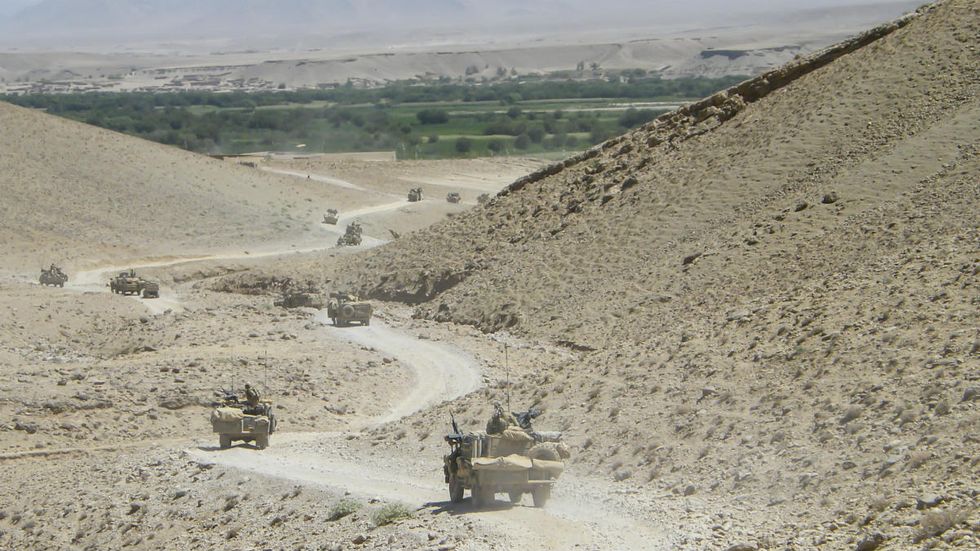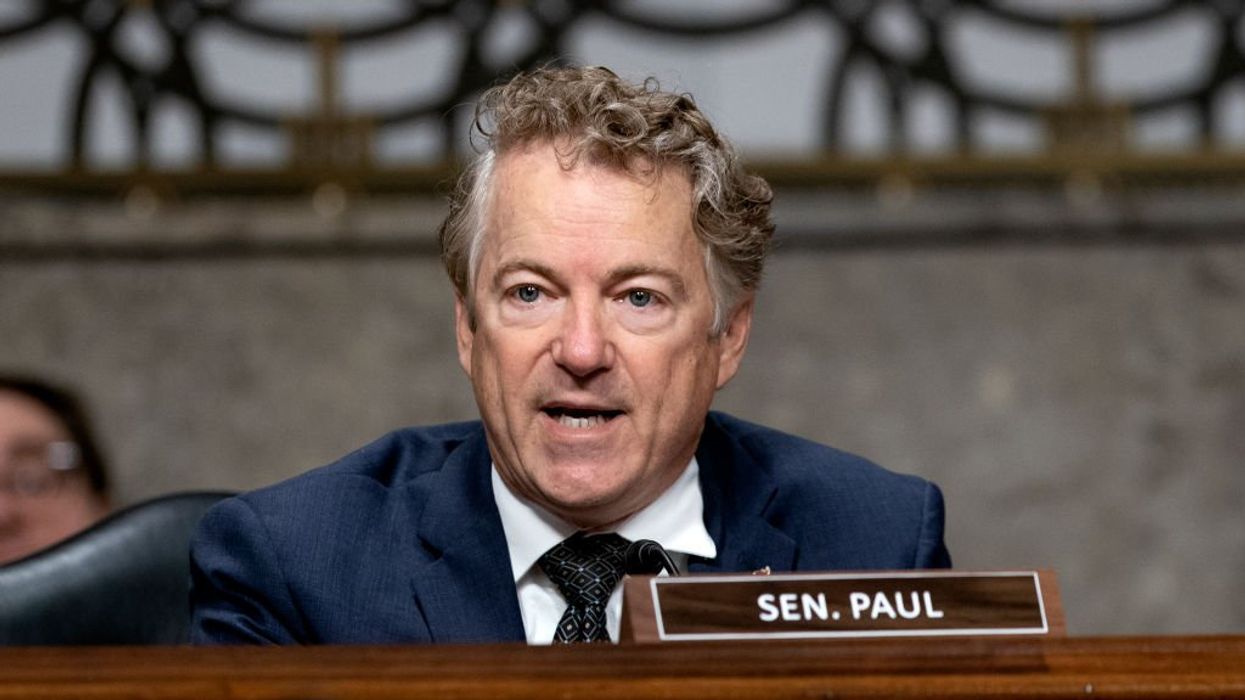
© 2024 Blaze Media LLC. All rights reserved.
President Trump revealed his long-awaited strategy for the U.S. war in Afghanistan Monday night, following months of deliberations with top advisers. From Fort Myer in Virginia, the president committed the country to continuing the long war there in his first prime-time address, while attempting to distance himself from the efforts of past administrations.
Here’s what was missing from the president’s Afghanistan address:
1. Identifying the enemy
While the president did speak to “the enemy” and “enemies” in Afghanistan, he never defined who they are and what they believed. He mentioned that the new strategy entails “obliterating ISIS” and “crushing al-Qaida.” But, at the same time, he offered to negotiate with the Taliban, which shares said groups’ ideology.
Notably absent from Trump’s speech was any mention of “Islam,” “radical Islam,” or “Islamic terrorism.” What is it that connects the various jihadist organizations that seek the downfall of America and the West? What is the ideology that we are trying to defeat?
2. Defining victory and an exit strategy
What does victory in Afghanistan look like, and when is it OK for American troops to finally leave?
The president said in his address: “From now on, victory will have a clear definition: Attacking our enemies, obliterating ISIS, crushing al-Qaida, preventing the Taliban from taking over Afghanistan, and stopping mass terrorist attacks against America before they emerge.”
But the aforementioned words don’t define victory at all; they lay out objectives. Right now, the Taliban controls or contests over 40 percent of Afghanistan. If victory entails that America no longer has any enemies in Afghanistan, U.S. troops can expect to be there in perpetuity.
The president said that “conditions on the ground, not arbitrary timetables, will guide our strategy from now on,” and warned of a possible power vacuum caused by a quick withdrawal. Yet American troops have been in Afghanistan for 16 years — it has become the longest war in American history.
At what point is it acceptable to leave the Afghan theater and refocus efforts on confronting other major adversaries? Unlike North Korea and Iran, adversaries in Afghanistan do not have access to advanced weaponry, crippling cyber technology, and other tools that can do real, lasting damage to the United States.
3. Addressing the failed democracy project
Prior to the Soviet occupation of Afghanistan, Kabul was ruled for centuries as a soft authoritarian monarchy. While the system is far from ideal to the average Westerner, it kept order in Afghanistan and gave the country stability.
The Bush-initiated effort to impose the ultra-foreign concept of Western liberal democracy on the tribal land has been a disaster. Under both Presidents Bush and Obama, the U.S. sought to prop up a central government in Kabul that largely failed to garner respect, influence, and control outside of urban areas.
4. Confronting Russia, Iran, and China
Afghanistan is a country that largely consists of subsistence farmers and nomads. They don’t pose a threat to America unless they’re being propped up by foreign benefactors. All three nations of Russia, Iran, and China appear to have hedged their bets on a Taliban-ruled future in Afghanistan, and all three have opened up trade with the jihadi enterprise.
President Trump took a refreshing stand against Pakistan’s support of terrorism in his address, and used his pulpit to demand allied nations do more in the region. However, he did not address the state-enablers of the Taliban, which play a big role in continuing the strife in Afghanistan.
5. Terror financing
The al-Qaida and ISIS branches in Afghanistan would not survive without foreign funding and an alliance with break-off elements of the Taliban.
These groups’ Salafist-jihadist ideology is a very foreign concept to the average Afghan. It has been imported into the country through state support and wealthy individuals in Gulf nations, such as Saudi Arabia and Qatar. Additionally, Iran has long acted as an enabler for al-Qaida in Afghanistan.
While the president did say that the U.S. will “maximize sanctions and other financial and law-enforcement actions against these networks to eliminate their ability to export terror,” he did not identify the sources of terrorists’ support. The only way that elements in Afghanistan would be able to pose a threat to America is if they receive funding and arms from afar.
Watch President Trump’s full address:
Want to leave a tip?
We answer to you. Help keep our content free of advertisers and big tech censorship by leaving a tip today.
Want to join the conversation?
Already a subscriber?
more stories
Sign up for the Blaze newsletter
By signing up, you agree to our Privacy Policy and Terms of Use, and agree to receive content that may sometimes include advertisements. You may opt out at any time.
© 2024 Blaze Media LLC. All rights reserved.
Get the stories that matter most delivered directly to your inbox.
By signing up, you agree to our Privacy Policy and Terms of Use, and agree to receive content that may sometimes include advertisements. You may opt out at any time.


